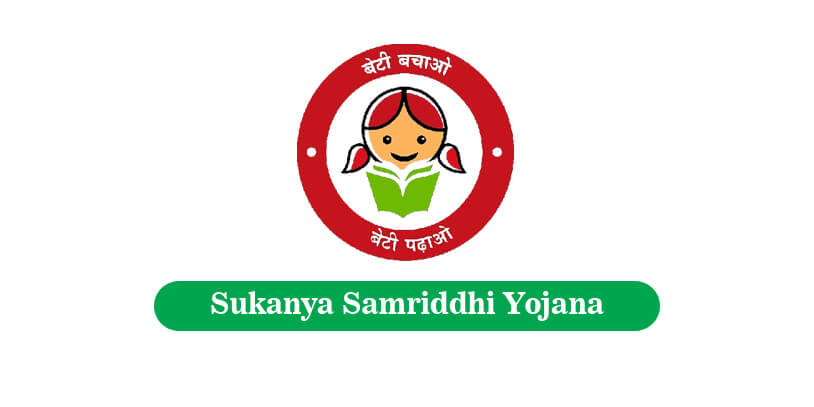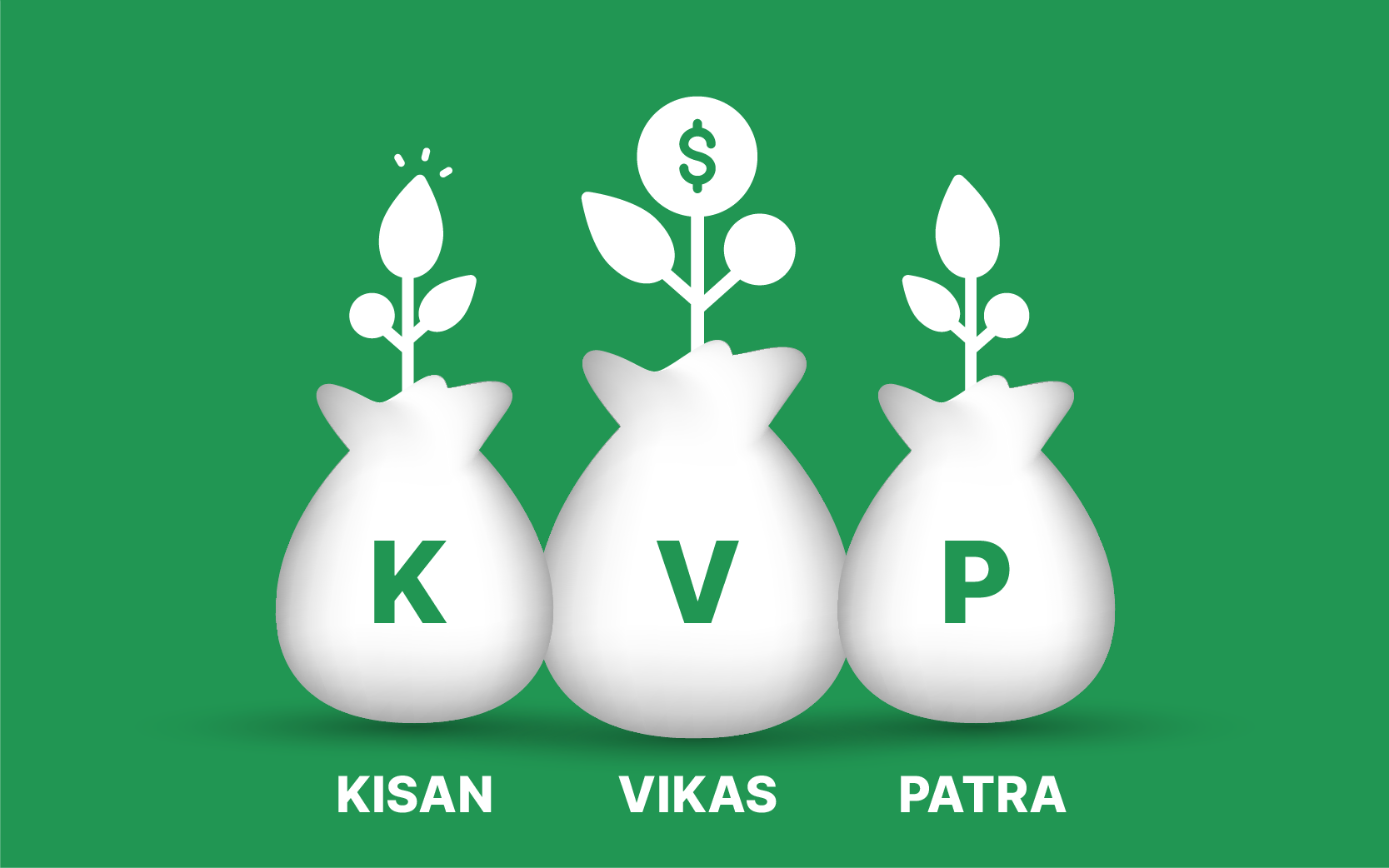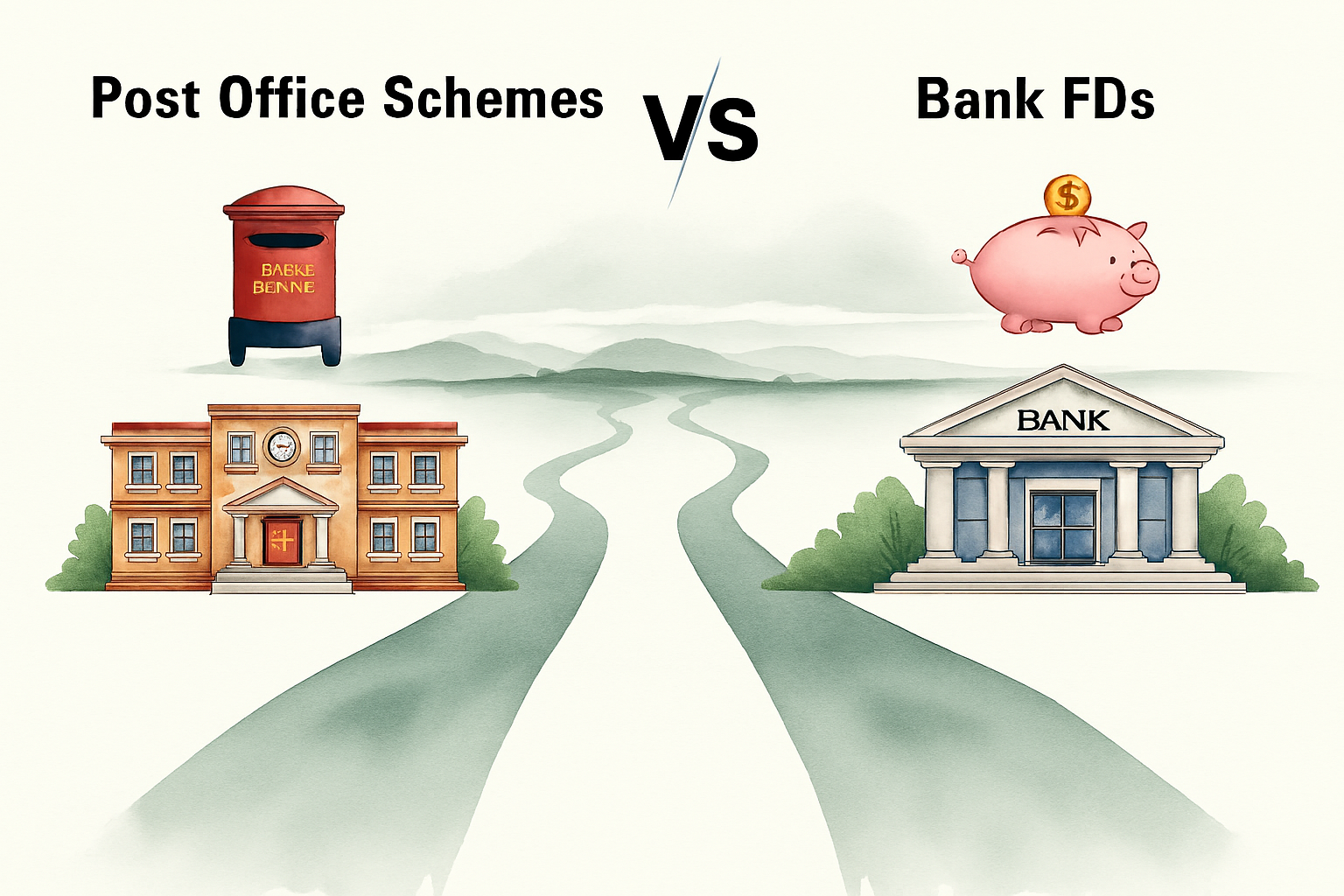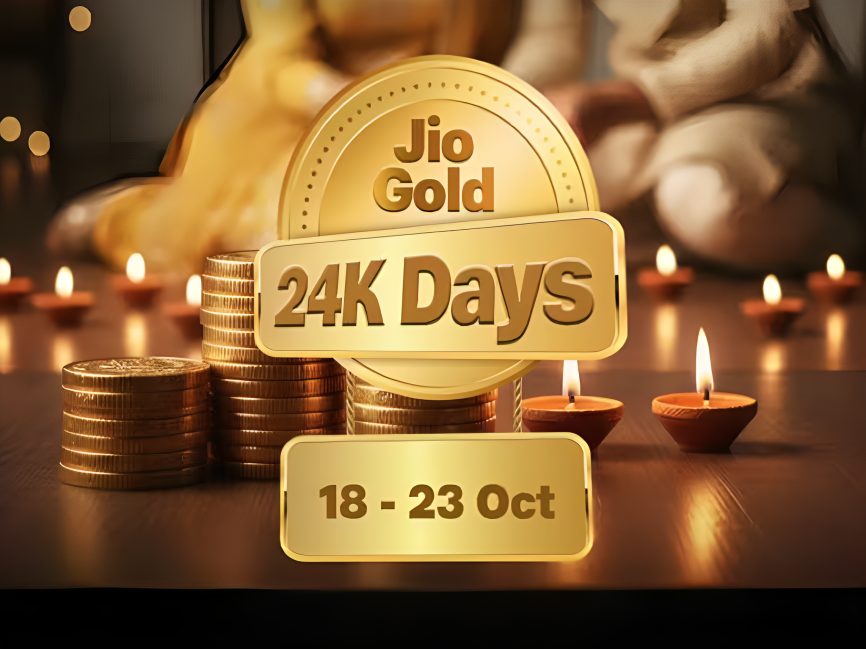As fixed deposit interest rates offered by most banks hover around 6.5 to 7 percent, investors looking for higher returns and safety are increasingly turning towards post office savings schemes. These small savings schemes, backed by the Government of India, are not only offering better rates but also come with added benefits like tax exemptions and long-term stability.

For the July to September 2025 quarter, the government has retained interest rates on many small savings instruments, and several of them continue to provide returns above 7 percent per annum. From senior citizens and parents of daughters to salaried professionals and long-term savers, these schemes cater to a wide range of financial goals.
Senior Citizens’ Savings Scheme (SCSS)
This remains one of the most attractive and secure options for those above 60 years of age. Offering an impressive 8.2 percent annual return, the interest is credited quarterly. Apart from providing stable income, SCSS investments are eligible for deductions under Section 80C, and the maximum investment limit is currently Rs 30 lakh.
Sukanya Samriddhi Yojana (SSY)
Tailored for families with daughters below the age of 10, SSY offers 8.2 percent interest with triple tax benefits. Contributions up to Rs 1.5 lakh per year are tax deductible, and both interest earned and maturity proceeds are fully tax-exempt. It is among the most tax-efficient investment options available for a child’s future.

National Savings Certificate (NSC)
This five-year deposit instrument earns 7.7 percent compound annual interest, which is reinvested until maturity. The entire amount is returned as a lump sum at the end of the term. Like SSY and SCSS, NSC investments also qualify for Section 80C deductions.

Kisan Vikas Patra (KVP)
Designed for long-term wealth accumulation, KVP currently offers 7.5 percent interest. It doubles your investment in about 115 months. While it does not come with tax benefits, its government backing and predictable returns make it an appealing choice for conservative investors.

Public Provident Fund (PPF)
Though the interest rate is slightly lower at 7.1 percent, PPF continues to be a favorite for long-term savers. Its tax-free nature and 15-year lock-in period make it ideal for retirement planning or large future expenses.
How Do These Compare to Bank FDs?
As of August 1, 2025, most leading banks offer interest rates ranging from 6.4 to 6.7 percent for one to two-year deposits. Only a few like IndusInd Bank offer up to 7 percent, and that too for limited durations or under special conditions. In contrast, post office schemes offer higher and more consistent returns with government guarantees.

Why Post Office Schemes Are Gaining Popularity
These schemes are now being viewed as strong alternatives to bank FDs for several reasons. They are accessible, with accounts available at any post office and selected bank branches. The process to open accounts is simple, with many schemes requiring a minimum investment of just Rs 1,000. In addition to better returns, many also come with guaranteed principal and interest, making them ideal for risk-averse investors.
They are especially suitable for people who want long-term financial planning, tax savings, and stable income. Whether you are a parent planning for your child’s future, a senior citizen looking for quarterly income, or a salaried individual seeking tax deductions, there is a scheme for you.
Conclusion
While bank FDs continue to be a popular investment choice, their returns are currently outpaced by several post office small savings schemes. With higher interest rates, government backing, tax benefits, and wide accessibility, post office schemes offer a stronger value proposition for 2025.
To stay updated on more smart financial strategies and comparisons, follow You Finance on Instagram and Facebook.















